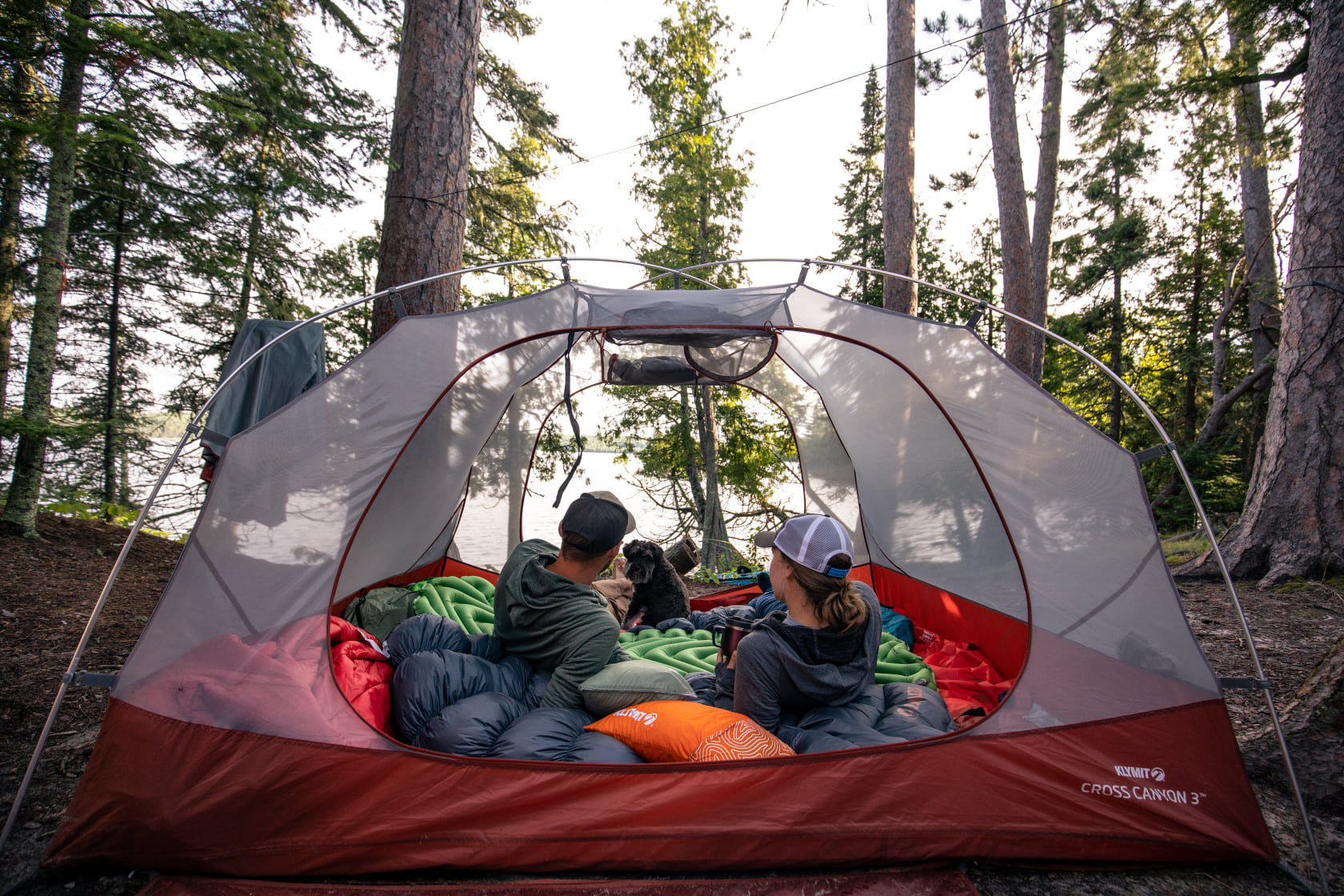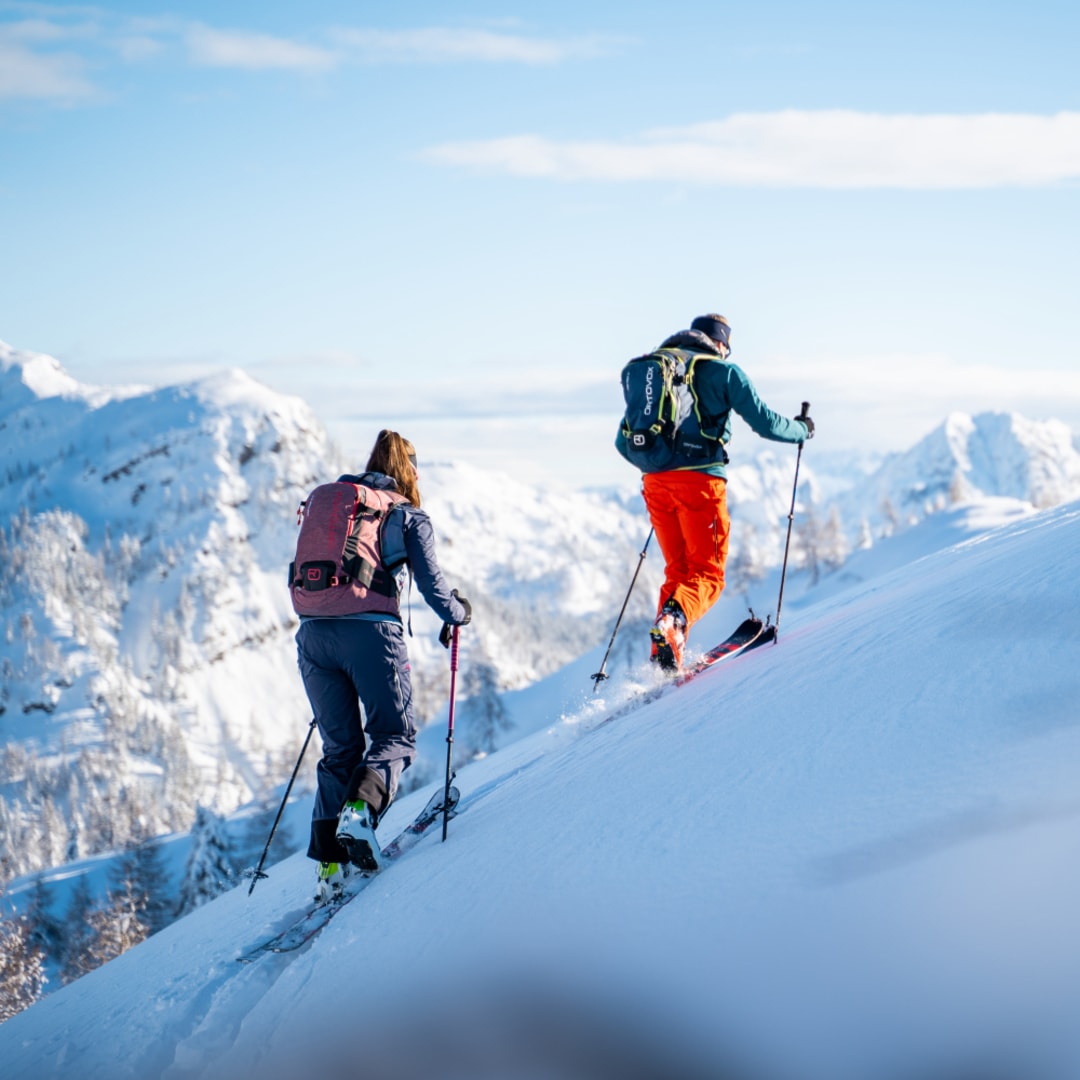
Guide to Arches National Park
The Densest Concentration of Natural Stone Arches in the World
Just north of Moab in southeastern Utah lies a fiery red geological wonderland known as Arches National Park. With over 2,000 documented arches, it has the densest concentration of natural sandstone arches in the world. The park stretches over 70,000 acres and is littered with giant rock fins, towering pinnacles, unique hoodoos and massive balanced rocks.
KNOW BEFORE YOU GO
Operating Hours & Fee
Arches National Park is open year-round, 24 hours a day. However, all vehicles entering the park through October 3, 2022, are required to have a Timed Entry Reservation through nps.gov.
Entrance Fees
- Private vehicle - $30
- Motorcycle - $25
- Pedestrians/bicyclists - $15 per person
- No fee entry for certain annual passholders including Southeast Utah Park Pass, America the Beautiful Pass and 4th Grade National Park Pass.
Fee Free Days:
Like other national parks across the country, Arches National Park waives entry fees on the following days each year:
- Martin Luther King, Jr. Day (3rd Monday of January)
- National Park Week (typically in April)
- First Anniversary of the Great American Outdoors Act (August 4)
- National Park Service Birthday (August 25)
- National Publics Lands Day (September 25)
- Veterans Day (November 11)
Weather
- Winters are typically very cold with highs averaging 30-50°F and lows averaging 0-20°F. Although the park rarely experiences heavy snowfall, winter trails get icy and roads are sometimes impassible so be sure to check the weather before traveling in winter.
- Summers can be extremely hot with temperatures often exceeding 100°F. Late summer monsoons often create flash floods so be sure to check the weather and road conditions ahead of time. Avoid slot canyons during rains and immediately thereafter.
- Fall and Spring are the best times to visit with highs averaging 60-80°F and lows averaging 30-50°F. The park gets extremely crowded during these peak times so be prepared for long waits when entering the park and try to avoid visiting on weekends and holidays.
TIPS FOR VISITING
- Arches National Park is located within the Colorado Plateau, a high desert region where temperatures can vary as much as 40°F in a single day. Be sure to dress in layers.
- There is only one campground located within the park that fills up fast. If you are looking for additional campsites, your best bet is off Highway 128.
- If you plan on only exploring the park by car, allow yourself at least 4-5 hours to drive the park’s 20-mile long scenic road so you can experience several stops and viewpoints. If you want to get out and hike, two days is ideal.
- Arches is heavily trafficked especially during the more temperate months in Spring and Fall. To avoid the crowds and parking issues, visit on weekdays, arrive before 8:00 a.m. or after 3:00 p.m., and avoid holidays.
- Sunrise and sunset are the best times to explore the park – temperatures are better for hiking, trails are less crowded and the lighting is beautiful.
- During hazardous fire conditions, the park does not allow wood or charcoal fires. Propane-fueled stoves and grills are usually still permitted in designated areas. Visit recreation.gov for up to date alerts in this regard.
- Timed entry reservations are currently required through October 3, 2022. Exceptions are made if you have a printed proof of campsite reservation. Non-group campsite reservations are limited to two vehicles per site.
WHERE TO STAY
Camping Inside the Park
There are numerous campgrounds located outside the park on Highway 128 including the following:
- Big Bend Campground
- Drinks Canyon Campground
- Goose Island Campground
- Grandstaff Campground
- Hal Canyon Campground
- Lower Onion Campground
- Oak Grove Campground
- Upper Big Bend Campground
- Upper Onion Creek Campground
Hotels/Motes
The closest city to Arches National Park is Moab which offers quite a few options for accommodations including hotels, motels, B&Bs and vacation rentals.
THINGS TO DO
Scenic Drive
There is a 20-mile long scenic drive (approximately 40 miles round trip) that winds through Arches National Park. The drive starts at the entrance gate and takes you throughout the park with numerous stops where you can take in panoramic views of the fiery red rock the park is best known for.
Some of the best place to stop include the following:
- Park Avenue and Courthouse Towers – Even if you are not interested in hiking, you will want to make a quick stop at the Park Avenue Viewpoint where you can see The Three Gossips, the Courthouse Towers, Queen Nefertiti and Queen Victoria Rock, the Organ and the Tower of Babel from the road.
- Windows Area – The Windows Area contains the highest concentration of natural arches not only within the park but anywhere in the world. Here you will find the incredible Balanced Rock, a 128-foot tall boulder that sits atop a 55-foot tall base weighing over 3,500 tons, as well as Double Arch where two giant arches share a foundation. It is a great area for short, easy hikes that almost anyone can do. This is one of the best places to take kids.
- Delicate Arch – Even if you’re not up for the trek out to Delicate Arch or its lower viewpoint, you can still see this magnificent arch in the distance from a third viewpoint that is very close to the parking area by the restrooms.
- Fiery Furnace Viewpoint – Only 0.2 miles from the parking lot is the viewpoint where you can see abundant wildflowers in Spring.
Even if exploring Arches solely by car, you will still want to allow yourself at least 4-5 hours to drive the scenic route and explore a few leisurely stops along the way.
Hiking Trails/Arch Viewing
- Broken Arch Trail – A 2-mile easy loop that leads to an arch that is not actually broken but is wearing thin across the middle. The trail is heavily trafficked.
- Delicate Arch Trail – A 3-mile moderate hike that takes you to the most iconic arch in the park, if not the world, which is best viewed at sunrise. This is the arch featured on Utah state license plates. It stands 52 feet tall and is magnificent, but the trail is almost always crowded and includes some steep grades, taking you steadily uphill with a 480-foot elevation gain. Along the way, you will pass Wolfe Ranch cabin and Ute petroglyphs. There is also an easier, shorter hike to a lower viewpoint that offers a more distant view of Delicate Arch.
- Devil’s Garden Primitive Loop Trail – A 7.2-mile moderate to difficult trail that leads to both Landscape and Double O Arches. This is the longest, most challenging hike in the park. Most of the trail is in sand and there is a high ledge that you must climb up. This is a great hike if you want solitude.
- Double Arch Trail – A 0.8-mile popular trail in the Windows Section of the park that ends beneath a majestic double arch. This is a very easy hike for just about anyone and a great place to take young kids.
- Double O Arch – A 4.2-mile moderate hike that takes you to two impressive arches, one sitting on top of the other. The top arch has a 71-foot span and sits atop a second arch that is only 21-feet wide.
- Fiery Furnace Trail – A 2-mile moderate hike leading to a unique area of the park that takes on a reddish glow, much like a fiery furnace, at sunset. In order to protect this rare desert environment, you must have a permit or take a ranger-led hike to visit.
- Landscape Arch Trail – A 1.6-mile easy trail that takes you to the largest arch in the park. The opening of Landscape Arch spans 306 feet across while the arch itself is just a thin ribbon, only 6 inches thick at its narrowest point.
- Park Avenue Trail – A 1.8-mile easy, heavily-trafficked trial near the park entrance with spectacular views of fins and towers that resemble New York City skyscrapers hence the name. The hike provides incredible views of The Three Gossips, the Courthouse Towers, Queen Nefertiti and Queen Victoria Rock, the Organ and the Tower of Babel. It is also a great place to view spring wildflowers.
- Tower Arch Trail – A 3.4-mile moderate to difficult, lightly-trafficked trail leading to one of the most secluded arches in the park with a 92-foot span. The trail is located in the northwest end of the park and takes you through quite a few ups and downs behind the Klondike Bluffs.
- Windows Primitive Loop & Turret Arch Trail – A 1-mile, easy scenic hike that passes three separate arch formations. The trail is located in what is often referred to as the Windows Section of the park due to how many arches are located in close proximity to each other here. Almost anyone can make this hike and it’s a great area to let kids run around.
Arches Petrified Dunes
Just east off the main park road between Courthouse Towers and the Windows Area is an area where ancient sand dunes once covered the landscape. Over time, the sand drifts became covered by layers of sediment which compressed and cemented them into hardened rock. Over time, the overlaying subsequent material eroded away exposing the original hardened, now petrified, dunes. Getting to the dunes requires cross-country hiking for about half of a mile as there is no trail to them. However, they are visible in the distance from the main road making them easy to find.
Stargazing
In 2019, Arches National Park was designated an International Dark Sky Park. On clear nights, the park offers some of the best star gazing around. Some of the best spots for viewing include:
- Balanced Rock Picnic Area
- The Windows Section
- Garden of Eden Viewpoint
- Panorama Point
The best times for stargazing are during a new moon or the hours before the moon rises over the horizon when the sky is at its darkest. Although stargazing is great from just about anywhere inside the park, the skies are darker the further north you go away from Moab. Be sure to bring a star chart (or download a stargazing app that can be used offline) and binoculars not only for viewing stars but also the planets.













Leave a comment
This site is protected by hCaptcha and the hCaptcha Privacy Policy and Terms of Service apply.